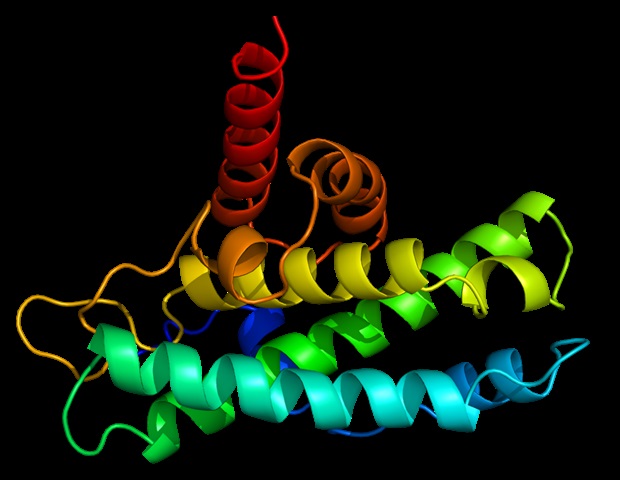As robotic cholecystectomy, also known as gallbladder removal, becomes increasingly common, researchers have identified higher rates of bile duct injury in robotic cholecystectomy compared to the conventional approach, a laparoscopic cholecystectomy. A team of researchers at University of Michigan Health led by Cody Mullens, M.D.
, M.P.H.

, a general surgery resident, found that there are higher risks of bile duct injury in robotic cholecystectomy, regardless of patient risk factors. The work is published in the journal JAMA Network Open . Bile duct injuries are rare and a technical complication from a cholecystectomy but should be treated quickly once located.
An injured bile duct can result in a flow of bile from the liver into the gastrointestinal tract that assists in digestion and absorption, which can proceed to leak out into the abdomen. This can result in further procedures being needed to repair the injured bile duct and stop the leakage. The purpose of the study was to challenge the claim by surgeons that differences in bile duct injury rates in robotic versus laparoscopic cholecystectomy were due to patient-selection factors.
Using Medicare data, Mullens and team were able to determine that bile duct injury is higher in robotic cholecystectomy compared to laparoscopic cholecystectomy in low-, medium-, and high-risk patients . "Given these findings and other recent work, patients should be having honest conversations with their surgeons about the risk of using the robotic vs. laparoscopic techniques for a cholecystectomy," said Mullens.
"While most outcomes are similar between robotic and laparoscopic gallbladder removal , this evidence clarifies that patient risk factors should not be driving decision-making about whether the gallbladder should be removed robotically or laparoscopically." Mullens also pointed out that across the different levels of patient risk, bile duct injury was approximately three times higher for robotic cholecystectomies than laparoscopic. "Across the board, patients are having fewer bile duct injuries with laparoscopic cholecystectomies than robotic-assisted," Mullens noted.
More information: Cody Lendon Mullens et al, Patient Complexity and Bile Duct Injury After Robotic-Assisted vs Laparoscopic Cholecystectomy, JAMA Network Open (2025). DOI: 10.1001/jamanetworkopen.
2025.1705.
Health

Bile duct injury rates higher from robotic-assisted than from laparoscopic cholecystectomy

As robotic cholecystectomy, also known as gallbladder removal, becomes increasingly common, researchers have identified higher rates of bile duct injury in robotic cholecystectomy compared to the conventional approach, a laparoscopic cholecystectomy.















